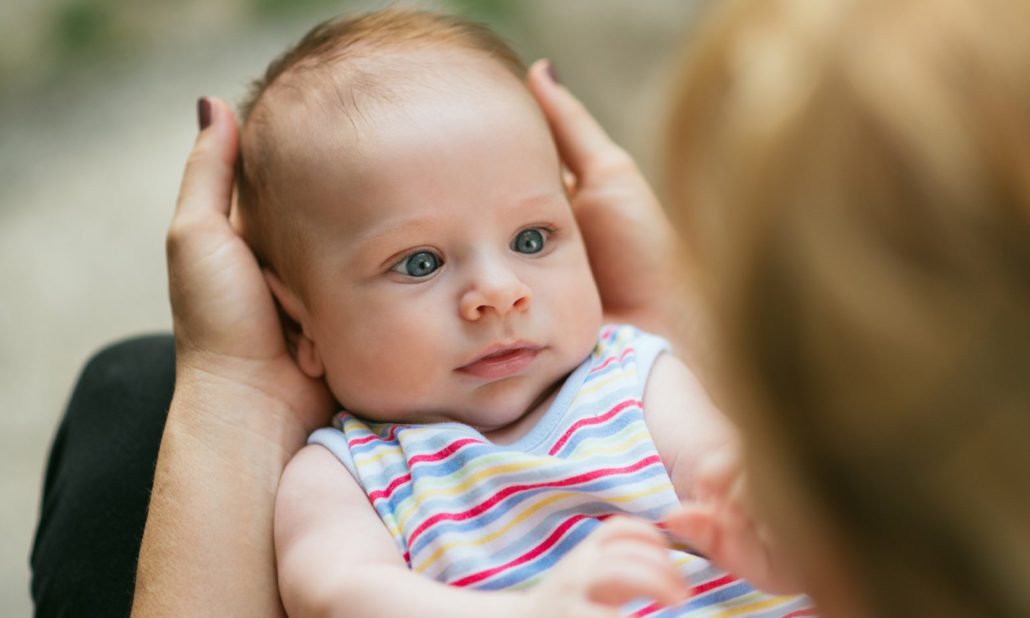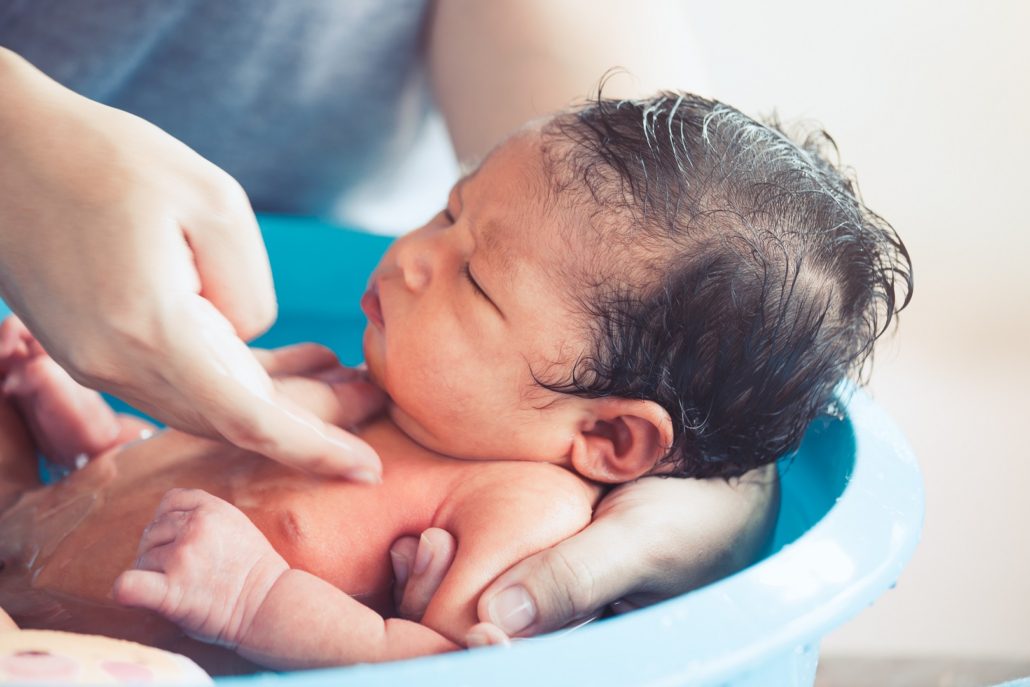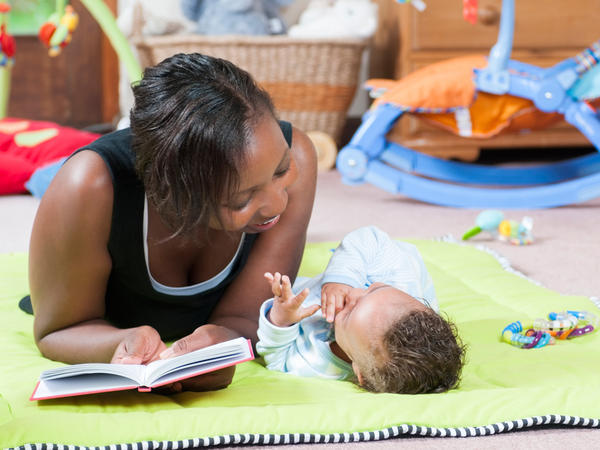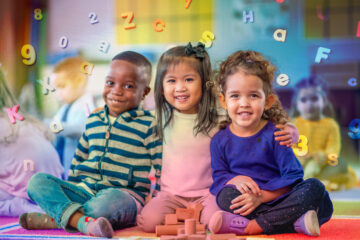Promoting Your Baby’s Development Through Interactive Play

Babies do much more than sleep, eat, and fill their diapers. From the moment they’re born, infants respond to their environment, such as mom’s touch, to dad’s voice, to the pattern of the lights on the ceiling, to the sounds of toys and music. These first months are a crucial time for parents and caregivers to stimulate their baby’s development through one-on-one interaction.
Firstly, babies enjoy having interesting things to look at. They zoom in on contrasting patterns, such as black and white stripes and targets. Similarly, mobiles with bright objects hung over a changing table or bassinet will fascinate baby. Musical toys selected just for babies will calm baby during fussy periods. Soft rubber and plastic handles are great for baby to get his hands on as he learns to grasp objects. Toys provide a great way for you to focus baby’s attention and most importantly, promote specific developmental milestones as you have fun bonding and interacting with your little one.
Gross Motor Development
During the first few months of life, your baby’s body will begin to “loosen up” from a tightly flexed posture to a more open and relaxed tone. He will begin to stretch his arms and legs out more and develop the beginnings of head control. Leg strength will increase and baby will be able to briefly bear his weight while standing. Here are some ways you can promote gross motor skills through interactive play:
- Enjoy some face to face “tummy time” together on the floor to strengthen baby’s neck.
- Lay your baby underneath a play gym to give those swinging arms and kicking legs something to connect with. Sit next to your baby to cheer him on.
- Babies are soothed by gentle rocking movements, whether in your arms or snuggled quietly in an infant seat.
- Encourage baby to reach and roll by placing a favorite toy nearby.

Fine Motor Development
Your baby’s hands will gradually change from a tight-fisted tone to more open and relaxed palms that are ready to grab everything nearby. Eventually, baby will begin to purposefully reach toward objects and will learn to suck on her fingers. Here are some ways you can promote these fine motor skills through interactive play:
- Each time baby grasps your finger or grabs a toy from your hand results in another connection with your baby.
- From fingers to toys, babies love to taste everything they can get their hands on. Encourage your baby to explore objects with all his senses.
- Practice baby’s reaching skills by gently shaking a toy within her reach. Be ready to offer more handy toys as baby drops each one.

Visual Development
At birth, babies can see clearly around 10 to 12 inches (about the distance from your breast to your face). Baby’s vision is perhaps his most perceptive sense at this early age. Over these first few months your baby will begin to focus on you, then follow moving objects as they pass before her. Here are some ways you can promote these visual skills through interactive play:
- Dark and light contrasting colors are the best way to stimulate your baby’s visual senses. Surround your baby with these during his quiet alert time.
- Be sure to stay close to your newborn baby as you interact. Around 12 inches is the perfect distance away to engage his eyes.
- You can practice baby’s visual tracking skills by slowly moving a toy, or your own smiling face, back and forth before her eyes.
- The movement will easily catch your baby’s eye. Engage your baby’s attention with gentle hand and finger movements when you begin to interact.

Social and Cognitive Development
In these early months, baby will begin to smile spontaneously, then smile responsively to your attention. Soon enough your baby will begin to show interest in her surroundings and learn to interact with objects and people. Here are some ways you can promote your baby’s social and cognitive skills through interactive play:
- Babies will learn cause and effect. Show your baby how shaking a rattle makes sounds. She will marvel as she does this on her own.
- Your baby will learn to manipulate objects around him. Hold your baby near a mobile or other hanging toy and let him learn to move the pieces around.
- Bath time can be a fun way to interact with your baby and encourage social smiles and giggles. For instance, while you wash, be sure to laugh, sing, talk, rub, and tickle your baby to promote responsiveness.

Hearing and Language Development
Over these first months, you will notice your baby beginning to react to sounds by startling and then eventually turning toward noises. Your baby’s cries will become her first language and take on various meanings. Smiling will turn to laughter and your baby will begin to “coo” and “goo”. Here are some ways you can promote your baby’s hearing and language skills through interactive play:
- Babies are intrigued when they create sounds on their own. Show your baby the various sounds his toys can make and he will thrill as he experiences the sounds on his own.
- Soothing music has a calming effect on your baby. Therefore, quietly sing or hum along with a musical toy as you enjoy some quiet time together.
- A caregiver’s voice is comforting to baby. As you go about your day, stay connected. For instance, talk to your baby to let him know you are near.
- Sounds will make your baby’s playtime more fun. Hand and foot rattles are a great way to thrill your baby as she kicks her legs and waves her arms.




0 Comments